11 Ways to Encourage Friendship Skills and Social Play
September 4, 2018
Friendship and social play skills are key capabilities for young kids to develop in the early years of school—they form the foundation of long-term success in school and in the community. In your inclusive classroom, you’ll probably have students who need some extra support to develop and strengthen these skills. Today’s post gives you some tips and activity ideas you can use to promote friendships and encourage social play among children with and without disabilities.
Excerpted and adapted from DO-WATCH-LISTEN-SAY, Second Edition, by Kathleen Ann Quill & L. Lynn Stansberry Brusnahan, these ideas were developed to build social and communication skills for students with autism, but they’ll also have benefits for a wide range of learners. Give these a try in your classroom, and see which ones are most helpful to your students.
Try a greeting game. For this activity, have everyone in the group take a turn going around the circle and saying “Hello.” Every time a peer successfully greets everyone, cheer for the person. After a learner with support needs has watched one or two other people take a turn, have him or her go around the circle greeting peers.
Play tag. Start a game of tag with a group. For learners who need some support to join, have them watch the group play for a while and then encourage them to join the game. Prompt them to ask, “Can I play?” and then prompt them to join in. Fade your prompts as the child becomes more independent in joining in the game.
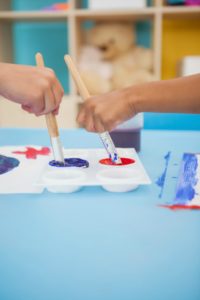 Make a group mural. Tape a large piece of mural paper to a table and give a few ideas for a theme (e.g., St. Patrick’s Day, Spring, All About Me, The Farm). Set out art materials: paint, paintbrushes, markers, glitter, stickers, and stencils. Limit the number of each type of supply so the group is required to practice sharing and taking turns. Have bowls of warm water or wet paper towels readily available for kids who don’t like to get their hands messy, and give a smock to every person. Ask the group to work together to complete the mural, and once the activity is over, have them collaborate on cleanup.
Make a group mural. Tape a large piece of mural paper to a table and give a few ideas for a theme (e.g., St. Patrick’s Day, Spring, All About Me, The Farm). Set out art materials: paint, paintbrushes, markers, glitter, stickers, and stencils. Limit the number of each type of supply so the group is required to practice sharing and taking turns. Have bowls of warm water or wet paper towels readily available for kids who don’t like to get their hands messy, and give a smock to every person. Ask the group to work together to complete the mural, and once the activity is over, have them collaborate on cleanup.
Have them co-author a story. Pair a learner who needs extra support with a peer to write a story together. Ask them to take turns coming up with what happens on each page, or have them alternate sentences, whatever works best for the activity. If your students don’t write yet, you can have them draw a picture together. Encourage them to talk to each other about what they’re drawing.
 Give them a puzzle. Place a chair on either side of a small table. Put two empty puzzle boards in front of one chair and the puzzle pieces in front of the other chair. Prompt your student to choose a peer partner and then have them sit down at the table. The child sitting in front of the puzzle pieces can give them to the partner, one at a time, until the first puzzle is completed. Then have the partners switch roles to complete second puzzle. (Another idea: completing a giant floor puzzle as a group.)
Give them a puzzle. Place a chair on either side of a small table. Put two empty puzzle boards in front of one chair and the puzzle pieces in front of the other chair. Prompt your student to choose a peer partner and then have them sit down at the table. The child sitting in front of the puzzle pieces can give them to the partner, one at a time, until the first puzzle is completed. Then have the partners switch roles to complete second puzzle. (Another idea: completing a giant floor puzzle as a group.)
Send them on a scavenger hunt. Hide items around the classroom that you use to complete morning activities (e.g., attendance log, calendar). Invite students to play detective together to hunt down the items you hid.
Build skills with building blocks. Set up an activity in which children build together with Legos or blocks. For learners who need extra help with social play and turn-taking, ask them to place the first block, and then have the peer place the next block. Establish a turn-taking routine between the two of them. When their masterpiece is finished, have them work together to return the blocks to the marked bin.
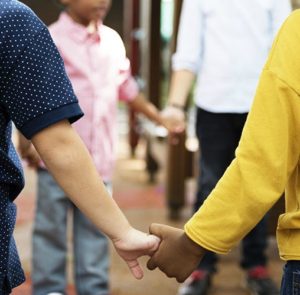 Teach them how to reach out. Some of your students may need help with inviting peers to play a game or engage in an activity with them. Have your student watch the others play and then ask the learner, “Where would you like to play?” Prompt your student to go to the chosen activity area and ask a peer to play by using words, a picture card, or a sign. Continue to prompt the student to allow other peers to join in the fun, either by verbally saying, “Yes,” shaking the head yes, motioning for the peer to join, or giving a picture card to the peer. Fade prompts as learner becomes more successful.
Teach them how to reach out. Some of your students may need help with inviting peers to play a game or engage in an activity with them. Have your student watch the others play and then ask the learner, “Where would you like to play?” Prompt your student to go to the chosen activity area and ask a peer to play by using words, a picture card, or a sign. Continue to prompt the student to allow other peers to join in the fun, either by verbally saying, “Yes,” shaking the head yes, motioning for the peer to join, or giving a picture card to the peer. Fade prompts as learner becomes more successful.
Use computer games to teach turn taking. Set up your technology station with two chairs. Use a WAIT pictograph to indicate who is waiting to play the computer game. (If you’re using a desktop or laptop computer, set up one mouse and two mouse pads. Put the mouse on the pad of the person who will be going first and a WAIT pictograph on the pad of the other person.) Place a visual timer enhanced with audio where both students can see it, and set the timer for 5 minutes as the first person begins playing. If the other child is having a hard time waiting, use simple language to remind them: “It’s Madison’s turn; you have to wait.” Refer the child to the pictograph, or show them that the timer is moving. When the bell rings, say, “Madison’s turn is all done. Now it’s your turn.” Have the children exchange pictographs, and reset the timer for 5 minutes.
Get dramatic. Dramatic play can be a great way to build social skills and spark friendships. Have your learners reenact a story using action figures with a group, dress up as favorite characters and act out a familiar story with a group, participate in a puppet show, or act out a role with peers using a scenario they both understand and agree upon (e.g., grocery store cashier and shopper).
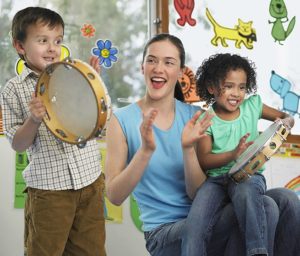 Don’t stop the music. For students who are motivated by music, use their interest to help build social play skills. Have them play Musical Chairs with a group, participate in a musical Hot Potato game with a beanbag, take turns following the musical pattern of the game Simon, play an instrument as part of a marching band, or listen to audio tracks with peers.
Don’t stop the music. For students who are motivated by music, use their interest to help build social play skills. Have them play Musical Chairs with a group, participate in a musical Hot Potato game with a beanbag, take turns following the musical pattern of the game Simon, play an instrument as part of a marching band, or listen to audio tracks with peers.
Have students who aren’t quite ready for this level of peer interaction yet? When you’re organizing social play activities in your classroom, it’s helpful to slowly build up the complexity and difficulty of play. Start with parallel activities in which the learner has their own set of materials, and then introduce structured, predictable activities with a clear set of rules. Then, as your student learns to engage in these activities, move on to support more interactive play with peers.
Do you have another idea for building students’ social play skills and promoting friendships between students with and without disabilities? Add your favorite strategy in the comments below!
GET THE BOOK

DO-WATCH-LISTEN-SAY, Second Edition, by Kathleen Ann Quill & L. Lynn Stansberry Brusnahan
Trusted for more than 15 years, this is a groundbreaking guide to social and communication intervention for children of all ages with autism spectrum disorder. The new edition has everything you need to conduct effective assessment, set goals and objectives for the child, plan interventions that work, ensure generalization of skills, and monitor progress.

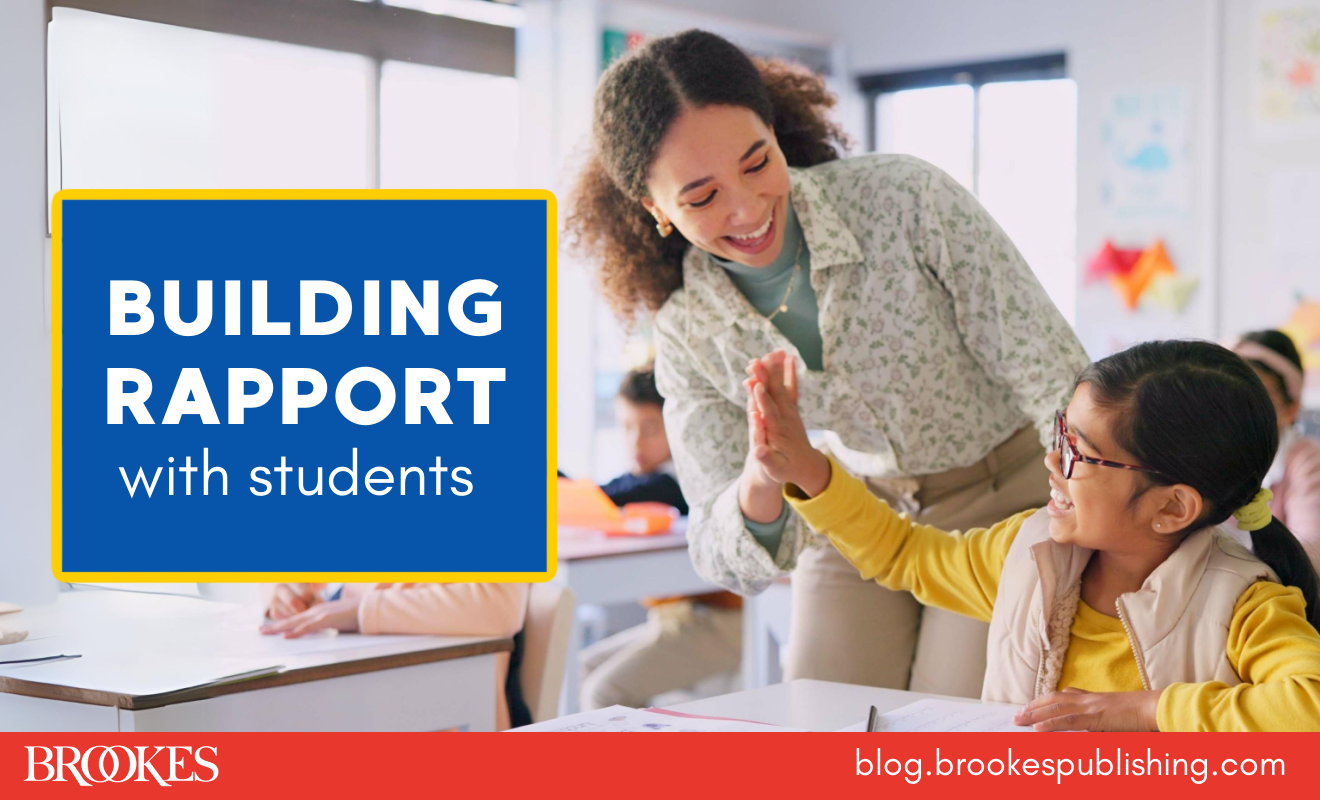
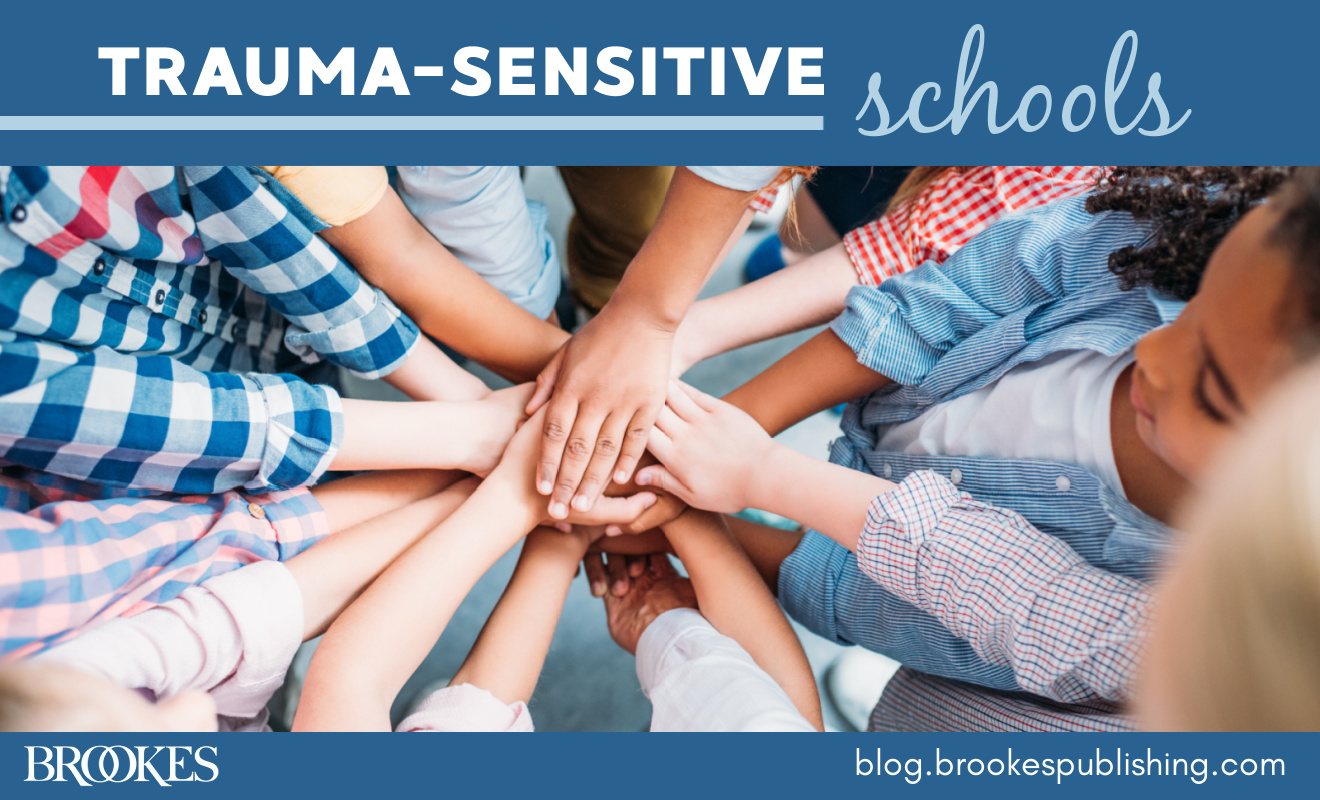
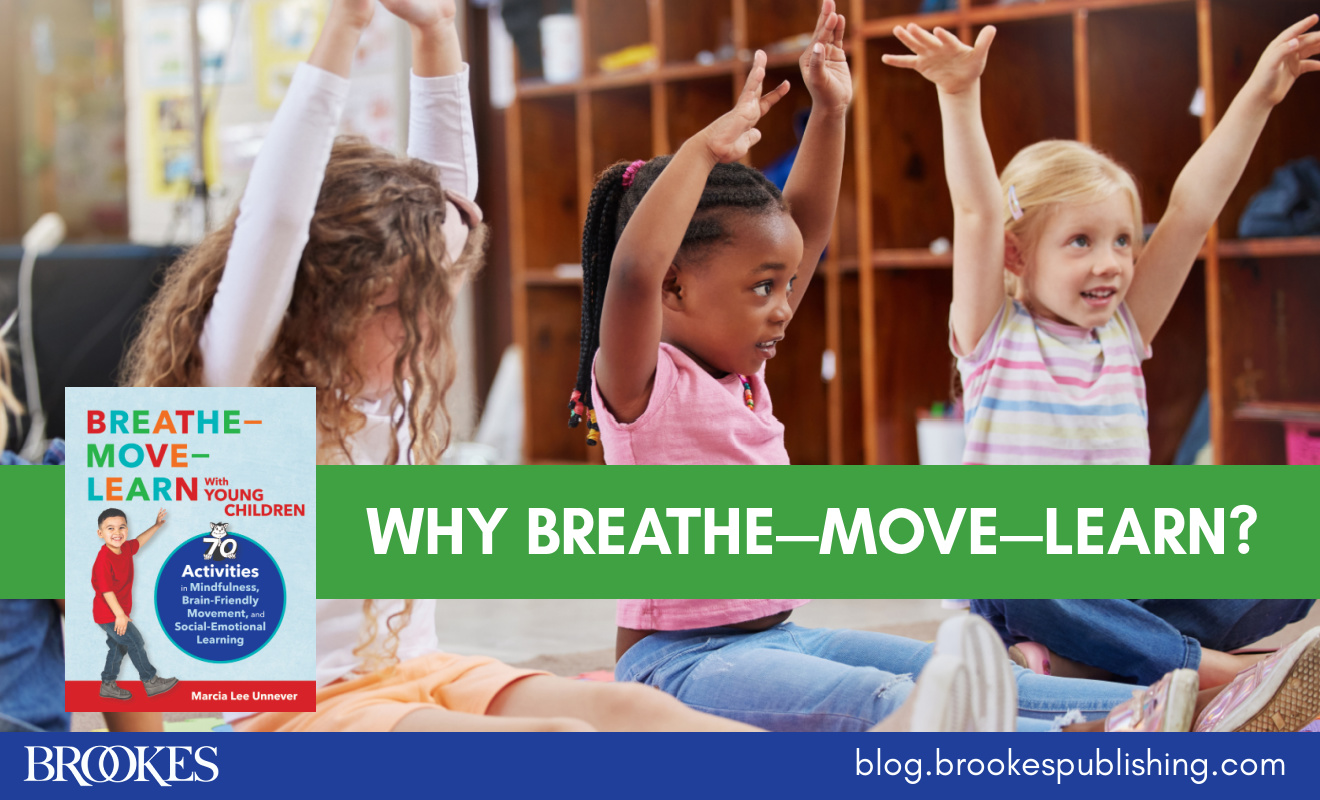
Write a Comment
Your email address will not be published. Required fields are marked *
Post a Comment